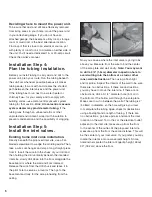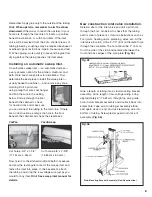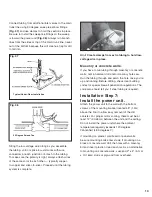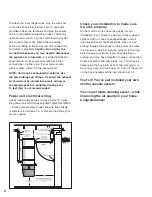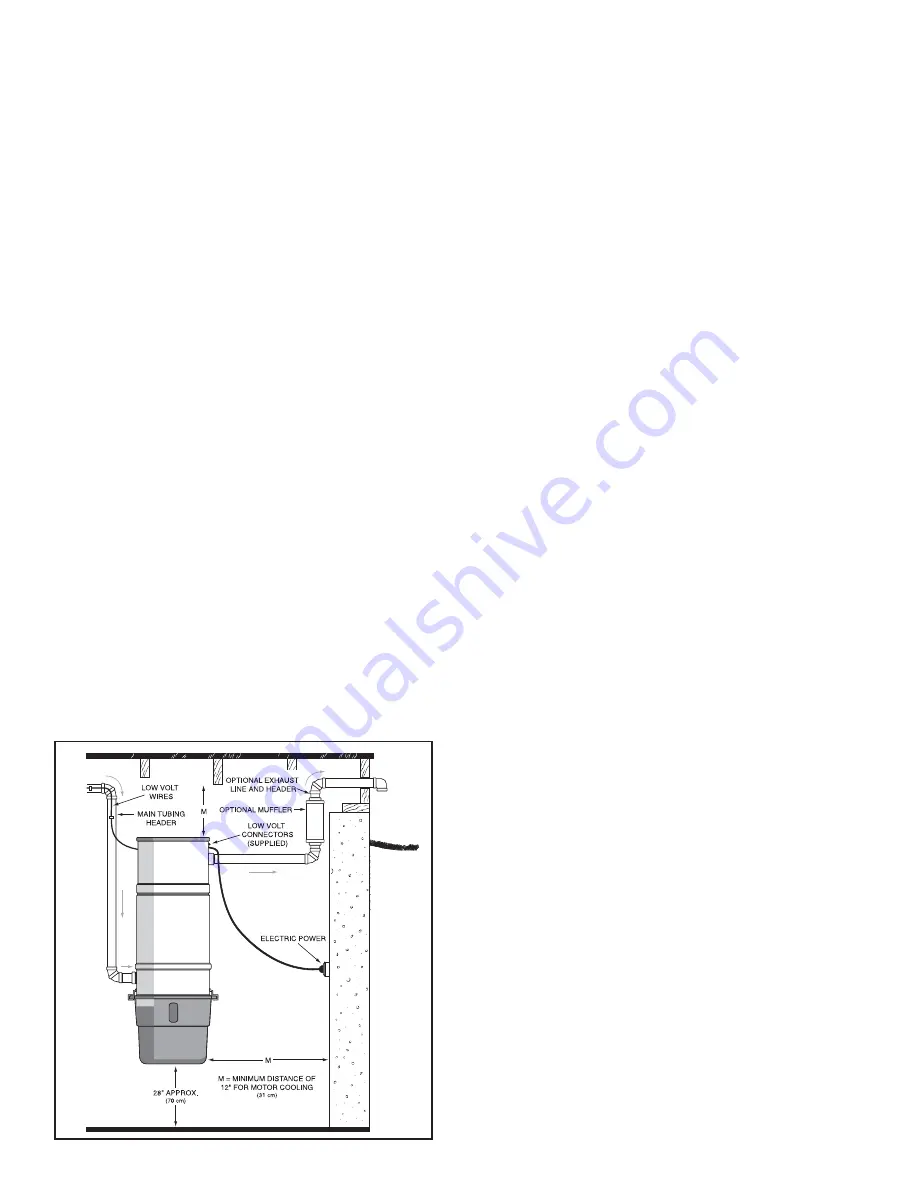
Check your installation to make sure
it works properly.
All that’s left to do is check the quality of your
installation. First, check to see if you have a closed
system; with no hose or handle attached, and all
inlet valves closed, there should be little or no air
coming through the exhaust on the power unit when
it is turned on. Second, with the system still running,
walk through your home. If you hear whistling or
hissing, you may have forgotten to glue a connection.
Check basement and attic areas, too. Third, have a
helper plug the hose into each of the inlet valves to
be sure you can turn the power on. Turn off the switch
on the hose handle and the unit should turn off.
That’s it! You’ve just installed your own
central vacuum system.
You’ve just made cleaning easier... while
improving the air quality in your home.
Congratulations!
To attach the low-voltage wires, strip the wire and
crimp the strands into the two “slip-on” terminals
provided. Attach the terminals and plug the power
unit into the dedicated electrical outlet. The sentry
light should come on. Flip the switch and the power
unit should come to life. Attach the remaining
section of tubing to the power unit with connector/s
and clamp/s provided.
Caution: Do not glue the
connection because you may need to disconnect
the system at a future date.
For added installation
convenience, some power units may have inlet
connections on either side. If your system came
with a muffl er, clamp it to the exhaust port.
NOTE: Unit may be exhausted to exterior. Use
the same tubing and fi ttings. If vented, the exhaust
air should not be vented into a wall, ceiling or
concealed space of a building. Venting over
10 feet (3m) is not recommended.
Power unit electrical wiring.
Check local codes but use not less than #14-3 wire.
Plug power unit cord into appropriate 120/220/230/240V
— 50/60 cycle electrical outlet. Be sure line voltage
is suffi cient to handle a 15- or 20-amp load. See your
owner’s guide.
11
Содержание Quiet Clean PU3650
Страница 1: ......






